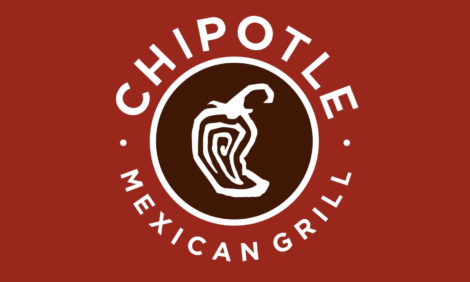



Antibiotic use plummets on US farms
US farmers have slashed the use of antibiotics in meat and milk by a third, new figures from the Food and Drug Administration reveal.The amount of antibiotics sold to farmers dropped by almost three million kilograms between 2016 and 2017, according to the new data.
In 2017, the FDA banned the use of antibiotics to make animals grow quicker, a practice known as growth promotion. The new rules meant the drugs, formerly available over the counter, could only be obtained with a veterinarian’s order.
The new data is the first indication of the success of the ban in reducing antibiotic use in US agriculture, which is considered key to stemming the growing threat of superbugs which can infect humans.
England's chief medical officer Dame Sally Davies said it was "encouraging" to see the US replicate the success seen in the UK, where antibiotic use in meat and milk has fallen by 40% since 2013 since the introduction of voluntary targets.
The overuse of antibiotics in human medicine and in livestock has accelerated the rise of resistant bacteria, commonly known as superbugs. They can cause life-threatening infections as they are resistant to the drugs normally used to kill them. More than 153,000 people in the US died of superbug infections in 2010, a recent study found.
The European Union banned using antibiotics as growth promoters in 2001. But the practice was still legal in the US – one of the biggest producers of meat in the world – until more than a decade and a half later.
Antibiotics are still commonly used to help animals grow faster in countries where regulations are lax or poorly enforced. In developing countries where animal production is becoming increasingly industrialised, such as India, experts are calling for a crackdown on unnecessary antibiotic use in farming.
India is the fourth largest producer of chicken in the world, raising 4.2m tonnes in 2017 and production is increasing quicker than any other country. As a result of the boom experts predict antibiotic use in Indian poultry will soar by more than 380% between 2013 and 2030.
Earlier this year, the Bureau of Investigative Journalism revealed one of India’s biggest poultry producers was using a “last hope” antibiotic – so-called because it’s used to treat people with very serious infections – as a growth promoter on its farms. Since the report's publication the Indian government is now considering banning the use of colistin for growth promotion.
The apparent success of the US ban in reducing antibiotic use in livestock will fuel fresh calls for greater regulation of the drugs in developing countries.
Davies said the UK’s new AMR strategy, launching early 2019, will set out a vision for a world in which AMR is contained and controlled by 2040.
"Achieving this will require increased action by all sectors and countries, and strong collaboration between them," she said.
“Antimicrobial resistance is already having a significant impact in every country across human and animal heath, global food security and our economies – this threat is escalating, putting millions of lives around the world in jeopardy, and will not be reversed unless concrete action is taken."
As reported by Ben Stockton and Madlen Davies, The Bureau of Investigative Journalism







